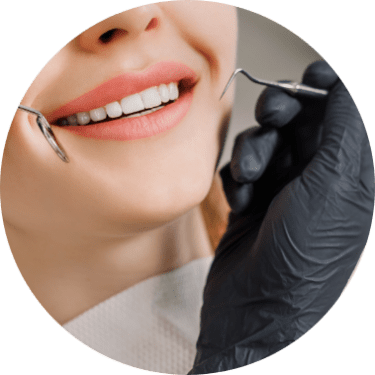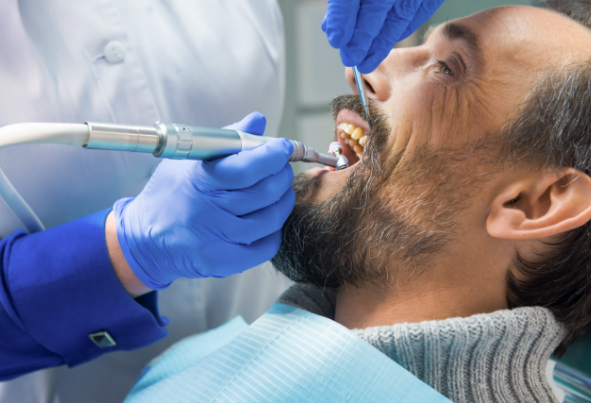Types of bridge
Conventional bridge
Conventional dental bridges are bridges that are supported by full-coverage crowns, three-quarter crowns, post-retained crowns, onlays, and inlays on the abutment teeth.
Fixed-fixed bridges
A fixed-fixed bridge refers to a pontic which is attached to a retainer.
Cantilever
A cantilever is a bridge where a pontic is attached to a retainer only on one side.
Fixed-movable
A major advantage of this type of dental bridge is that the movable joint can accommodate the angulation differences in the abutment teeth.
Adhesive bridge – “Maryland bridge”
Also known as a resin-bonded fixed partial denture. Like a traditional bridge, it includes a floating tooth to replace the missing one, but it adheres to the adjacent teeth in a unique way. Instead of fully covering the teeth next to the missing space with crowns, this device bonds to the existing teeth using a metal framework.
Combination Designs
The incorporation of elements of different conventional bridge designs. A popular combination design is the use of a fixed-fixed design with a cantilever.
Hybrid Designs
Bridges that incorporate elements of both conventional and adhesive bridge designs.
Terminology
Fixed bridge: A dental prosthesis that is definitively attached to natural teeth and replaces missing teeth.
Abutment: The tooth that supports and retains a dental prosthesis.
Pontic: The artificial tooth that replaces a missing natural tooth.
Retainer: The component attached to the abutment for retention of the prosthesis.
Unit: Pontics and abutment teeth are referred to as units. The total number of units in a bridge is equal to the number of pontics plus the number of abutment teeth.
Saddle: The area on the alveolar ridge which is edentulous where at least one missing tooth is to be reinstated.
Connector: Joins the pontic to the retainer or two retainers together. Connectors may be fixed or movable.
Span: The length of the alveolar ridge between the natural teeth where the bridge will be placed.
Abutment: The tooth or implant that supports and retains a dental prosthesis.
Resin-bonded bridge: A dental prosthesis where the pontic is connected to the surface of natural teeth which are either unprepared or minimally prepared.



